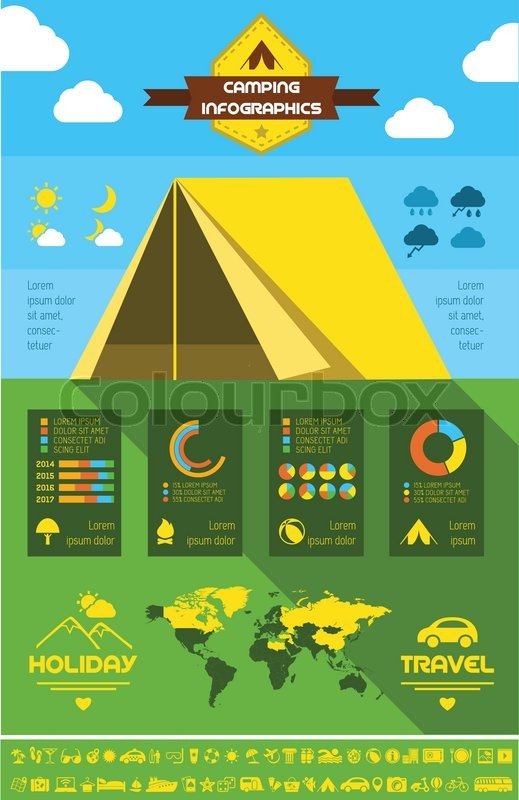While both offer staminas in different environments, it is very important to figure out which kind of insulation will certainly finest serve your needs. The insulation you choose influences heat, weight, water resistance, compressibility and cost.
Down is harvested from waterfowl, commonly ducks or geese. It is treasured for its lightness, very easy compression and protecting residential or commercial properties. Nonetheless, down ends up being much less efficient when damp.
Warmth-to-Weight
A high warmth-to-weight proportion is desired in exterior clothes and equipment. The protecting residential properties of down feathers make them an excellent option for this objective, as they are incredibly cozy and lightweight.
Nevertheless, down loses its shielding abilities when it splashes, meaning it requires to be paired with a waterproof covering. Additionally, some individuals are allergic to down, making artificial coats a much better alternative for them.
Artificial insulations are usually made from recycled polyester and developed to mimic down's protecting properties. They are not as light-weight as down, yet they do not shed their shielding abilities when they splash and dry quicker than down. They are also much more affordable than down. Nevertheless, their life-span is much shorter than down, resulting in greater maintenance and substitute prices.
Water Resistance
The insulation you choose for your work coat will certainly make a big distinction in just how comfortable you feel outdoors. Nonetheless, the type of insulation you choose also has substantial implications for your sustainability objectives.
Down is a superb insulator for a number of reasons. It's light-weight, compressible, and provides a good warmth-to-weight ratio. However, it doesn't fare well when it gets wet. Down clumps up and sheds its loft when damp, which can considerably reduce its capacity to catch heat.
Artificial insulation materials, such as Thinsulate and Primaloft, hold up much better versus wet problems. They normally have a tight weave or chemical coating that keeps water from permeating the textile. This enables the insulation to remain breathable, even if damp. It's worth noting that synthetics can additionally be uneasy when wet, yet they maintain their protecting homes.
Compressibility
While goose down does have a superior warmth-to-weight ratio, artificial insulation does in a similar way. However, unlike down which absorbs and loses its protecting abilities when wet, synthetic insulation does not. Because of this, it can maintain its loft space and trap cozy air in damp conditions.
Usually produced from polyester sheets or collections that simulate down, one of the most common artificial insulation brands include PrimaLoft, FullRange, Thermoball and Patagonia's PlumaFill. While it still can't match down's loftiness and warmth-to-weight, artificial jackets are light-weight, quick to completely dry and less expensive than down. This makes synthetic coats best for wet atmospheres, or if you're prone to sweating heavily. Artificial jackets are likewise less fragile than down and can take a beating. This durability includes their face materials which are usually thicker and more long lasting than down.
Durability
A major factor to consider in sustainability is a material's durability and resilience. All-natural materials like cork, ThermaCork expanded cork and Havelock woollen last longer than artificial options like fiberglass and vinyl. They additionally need less upkeep and can withstand extreme ecological problems.
However, natural insulation doesn't carry out also when damp as synthetic options. Woollen and fleece clump together when wet, jeopardizing their ability to trap heat. Synthetic insulation, on the other hand, does not absorb moisture and continues to shield also when soaked.
This makes synthetic insulation suitable for damp environments and exhausting activities where you could sweat heavily. It's also simpler to clean and dries out faster than down. This added sturdiness and reliability make synthetic insulation a total champion in this group. This translates to long lasting shielded work boots that last long and maintain you warm up through requiring settings.
Sustainability
Natural products offer biodegradability and a smaller ecological footprint, while artificial choices brag heavy-duty tent sturdiness and ingenious applications that sustain power performance. Nonetheless, it's important to recognize the true ecological influence of these insulation materials from cradle-to-grave.
For instance, if a natural insulation product has to take a trip a far away from its resource to the building site, transportation-related emissions enhance its overall carbon footprint. Choosing locally sourced and reused products reduces that effect. And, selecting GREENGUARD and Cradle to Cradle accreditations ensures that insulation is free of unstable natural substances (VOCs) and supports responsible sourcing and labor conditions.
Lamb's woollen and cork are eco-friendly insulation resources that are harvested without harming the tree or plant. Both have the included benefit of being naturally resistant to mold, parasites and dampness.
